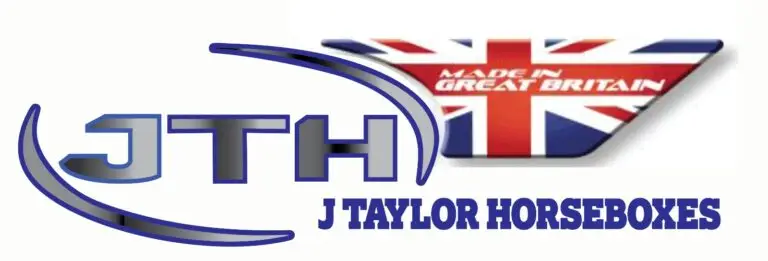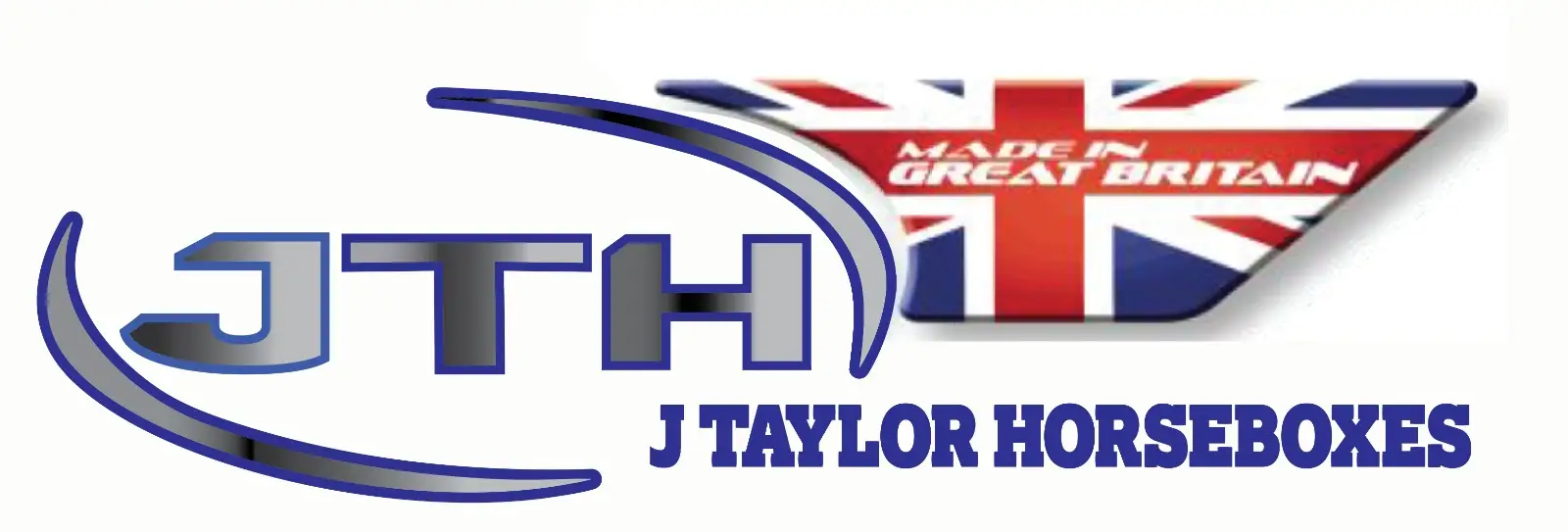Horsebox Safety Checks


Table of Contents
Written by Kevin Parker of KPH
Are you prepared for the next trip in your horsebox?
You’re on your way to an event for a few days, you have cleaned your horsebox inside and out, stowed your tack, filled your water, run the fridge down to temperature and filled it up with food and possibly some wine! Your horses have been groomed, watered, loaded and you have fuelled up and checked oil and coolant levels.
But are you really ready to go?
Here are some points for you to check and not all of them involve horsebox safety. They may not warrant checking every point on every trip, however, most of these should at least be considered and others should be made part of your regular maintenance program.
Documentation
You must have insurance, road tax and MOT. I say obvious, but you would be surprised how easily a vehicle can run out of MOT when you are focusing on day to day life.
Payload
Everything you have loaded for the outing must fall within the payload allowance for your horsebox. Going over the maximum allowance voids your insurance and puts you and other road users at risk – (see horsebox payloads).
Tyres
For your own safety, if you are going underneath your horsebox, put the ignition key in your pocket or you may end up taking a very unexpected trip!
Check tyre pressure, tread depth and tyre condition. As well as the outer tyre surfaces, it is worth getting underneath and looking at the inner tyre walls for cracks, blebs, and blisters.
You should be aware of new legislation for tyres. In July 2020, following an industry-wide consultation, The Department for Transport (DFT) announced a ban on tyres over 10 years old on any axle of minibuses with single wheels fitted or on the front axle of any lorry, bus or coach.
This legislation took effect on 1 February 2021.
Additionally, if you carry a spare tyre, it is a good idea to swap it with one of the road wheels occasionally. Spares can crack and deteriorate just the same as the road wheels, so moving them around the vehicle should give you more mileage for your expensive rubber.
You should also periodically check wheel nut tension and that wheel trims are securely fitted.
Horse Flooring
Horse safety must be at the forefront of any maintenance routine and over the years I have posted many blogs advising that horsebox owners should check the horse area floor on a regular basis.
Horses place considerable weight on a relatively small area of the horse floor. So, you can imagine the damage they can do by stamping or kicking. With your horse’s welfare at stake it is an essential check, especially so when you consider the consequences.
A visual inspection should include inside the horse area and underneath the horse floor (keys in pocket). Depending on the construction, you should look for rot and cracks around bolts and fastenings on aluminium subframes, cracks and splinters on wood or composite floors and rust on galvanised or steel subframes. Look for damp patches and rotted subframe components where water and urine ingress will cause damage.
Ramps
The ramp warrants the same inspection as the horse area flooring, and I would always recommend checking the hinges and spring or hydraulic ram mounts for rust or cracks. If the horsebox has springs on the ramp, these will become less efficient over time and the ramp will become heavier. So new springs will be money well spent if you value your back!
As a side note, a good technique for closing a sprung ramp safely is to give it a quick throw upwards and then quickly walk up it with your hands, never letting it stop. If you let it stop halfway up, it takes considerable effort to start it moving again. This is typically when back injuries occur!
Extra horse area checks
Checking for loose cappings, sharp edges and rattles should be up there on the weekly check list too. Horses have a habit of biting corners, window bars and window catches. A quick inspection of the horse area each trip could easily save on expensive vet bills.
Sudden noise or vibration from worn parts, horse partitions or horse doors can be contributing factors to raised stress levels whilst your horses are in transit. More constant noises like running fans tend to fall into the more beneficial category of white noise. These are considered helpful as they can mask other sudden sounds like horns or fast motorcycles.
Ventilation
Ventilation is a topic often overlooked and well worth considering each trip. Air is basically very lazy and always takes to quickest route out. If you open a window directly under a roof vent or fan the air will take the very short trip from the open window up and out, leaving the rest of the horse area untouched. So, depending on where your horse is positioned some windows will need closing to a small gap and others will need opening fully. The aim is to draw air across your horse before it leaves through a roof vent, window, or extraction fan.
This is from our Horse Safety First section on our website, and you may find it helpful to understand air flow – see here
Water
If water remains unused, it can start to go stale after about two weeks. However, if the tank was not clean to begin with, bacterial growth could be observed even sooner, sometimes within a few days. You should perform routine cleaning of the water tank and pipes at least twice a year to minimise contamination risks. You should also regularly refill the tank with fresh water every 1-3 days.
Horses typically need between 20 to 45 litres of water per day, depending on their size and environmental conditions. During transport, they should ideally have access to clean water every few hours. If transporting for extended periods, ensure that the vehicle is equipped with sufficient water supplies.
Gas
If you have a gas bottle onboard it must be securely fixed within a sealed gas locker that includes a drop-out vent to allow any leaked gas to escape safely. The gas locker must have adequate ventilation, including both low and high-level vents that are permanently open. It is mandatory to have a carbon monoxide alarm installed within the living area to detect any potential leaks. For legal compliance and safety assurance, obtaining a gas safety certificate from a GasSafe registered engineer is recommended.
Chassis and cab
The essential light checks are the horn, brakes, side, and headlights, running lights, indicators, fog, and reverse lights. Don’t forget it is a good idea to have subdued lighting in the horse area when travelling at night. This is from our Horse Safety First section on our website, and you may find it helpful to understand your horses lighting requirements – https://www.jthltd.co.uk/horses-vision/
Modern vehicles are filled with electronics and packed with sensors to monitor how your vehicle is behaving. Dashboard warning lights will illuminate when the ignition is started and whilst it is performing a system check, they will then go out. If any warning lights remain illuminated it indicates something is required before it is safe to drive away:
- Red: Serious issues needing immediate attention.
- Amber/Yellow: Indicates a problem that should be checked soon but is not immediately dangerous.
- Green/Blue: Signifies that systems are functioning correctly
Emergency kit
You should carry a well-stocked emergency kit containing first aid supplies for both humans and horses.
Food and supplies
Depending on your journey time you may want to pack adequate feed, hay, supplements, and snacks for both you and your horses.
Conclusion: Ready for the Road Ahead
As you gear up for your next adventure with your horsebox, taking a moment to tick off these essential checks can truly make a difference in ensuring a safe and enjoyable journey. From confirming your documentation to inspecting the horse flooring and ensuring proper ventilation, every little detail counts when it comes to the well-being of both you and your equine friends.
Remember, a bit of preparation goes a long way in avoiding potential hiccups and enhancing your overall experience. So, before you hit the road, take a moment to reflect on these important checks and make sure everything is in tip-top shape.
With your horsebox ready and your horses well cared for, you can set off with confidence, knowing you’ve done everything possible to create a safe and comfortable environment for everyone involved.
Happy travels!


